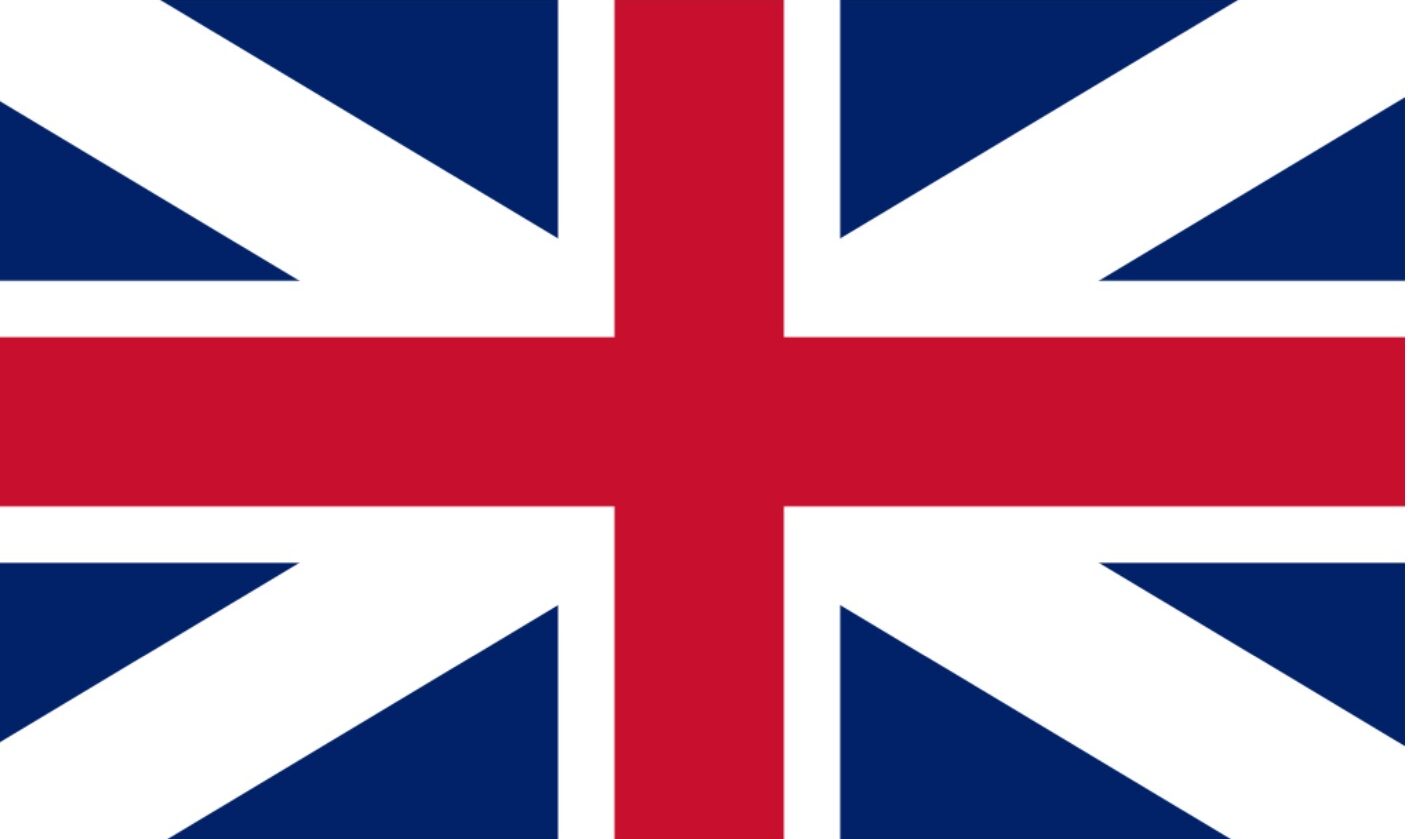The earliest known written record of any settler venturing as far as Ancaster to squat on land here can be found in a land petition dated 1793 in which 22 men, often called James Wilson & Associates, stated “that having made the settlements on which they live adjoining the west line of Township No. 8 (which is Barton Township), near the road lately laid out from the head of Lake Ontario to the River La Tranche that they were encouraged by the Land Board and the Acting Surveyor to settle upon those lands four years before they were surveyed which proves now to be reserved lands, your petitioners pray that the same may be confirmed to them”. The 22 men included both Peter Bowman and John Smith, the two men whose burial places we are marking today with this plaque.
Peter Bowman was born in 1762 in the Mohawk River area of New York.
As a boy, Peter lived on a farm on the Susquehanna River — land which was awarded to his father for his participation with the British Army during the French War. Late one night in November 1775 a party of rebels robbed the home, taking virtually all of the family’s possessions, cattle, and farm implements. They also took Peter’s father Jacob and Jacob’s oldest son as prisoners. Peter was left to look after his mother and siblings and the family likely would have starved if not for the assistance of some friendly Indians who not only provided them with sustenance but also brought their desperate plight to the attention of the British forces at Niagara. This traumatic childhood influenced Peter’s life greatly and he maintained close ties with the native people even after settling in Ancaster. Writings of his funeral refer to the great number of aboriginals who attended the service in this very church.
Peter arrived at Fort Niagara with his mother and siblings on November 3, 1776 – penniless as were most of the refugees, and entirely dependent on the charity of the fort Commander. The story goes that the family travelled to Niagara with only one pair of shoes between them. I have also read that after their New York homestead was pillaged only one blanket and the bed on which Peter’s pregnant mother was sleeping were left. Whether these stories have been embellished over time is difficult for us to determine now but I think we can all agree that life was very difficult for these Loyalists.
In 1777, at the age of 15, Peter enlisted in Butler’s Rangers where he served until they were disbanded after the peace treaty was signed in 1783. In 1787 he married Magdalena, daughter of another Loyalist named Frederick Lampman.
In 1789 he squatted on the land that, after the survey, turned out to be Concession 3, Lots 50 and 51 in Ancaster.
In 1810 Peter Bowman and Henry Hagle each donated a corner of their property to build a small log church and graveyard. The property line runs through the middle of the church building. I am sure that most of you here are aware that at one time this structure on this site was known as the “Sliding Church”. This is because there was a difference of opinion between two factions in the congregation – the Wesleyan Methodists, supported by Peter Bowman, and the new Canadian Wesleyans (which included Henry Hagle as a supporter) – and the building would move back and forth, usually at night, between the two lots of the former friends, who had become adversaries.
Peter remained on his Ancaster land for the rest of his life until he died in 1849.
Peter and Magdalena had only one son, John Wesley, who died at the age of 9. They had a daughter, Elizabeth who inherited the homestead and married Philip Spohn. All of the Peter Bowman family is buried in this Churchyard.
Submitted by Michele Lewis UE
